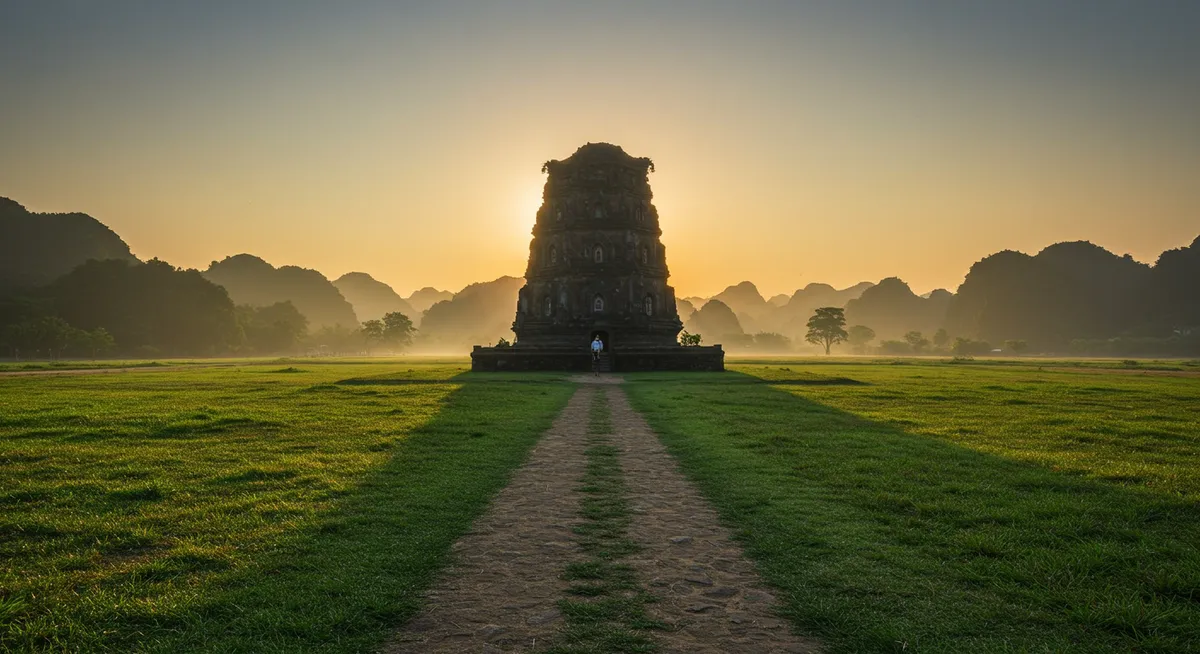
Vietnam Travel Guide: Understanding the Weather
Table of Contents
Want to find the best travel deals for this destination? Chat with our travel hacking specialist!
Get Travel HacksCategory: vietnam-travel-guide-weather
Navigating Vietnam's Diverse Climate: Your Essential Weather Guide
Having explored Vietnam extensively, from the misty mountains of Sapa to the sunny beaches of Phu Quoc, I've learned that understanding its climate is paramount for a smooth trip. A comprehensive Vietnam travel guide weather overview is essential because this beautiful country stretches over 1,600 kilometers, resulting in vastly different regional weather patterns. Therefore, packing correctly and timing your visit depends heavily on where and when you plan to go. This guide will help you navigate the nuanced climates across its three major zones, ensuring you make the most of your adventure. It’s one of my top travel hacks for Southeast Asia.
Northern Vietnam: Cool Winters, Hot Summers
Northern Vietnam, encompassing Hanoi, Halong Bay, and Sapa, experiences distinct seasons. From December to February, it's typically cool and dry, with temperatures often dropping below 15°C, especially in mountainous areas like Sapa. This makes trekking comfortable, though misty conditions can obscure views. Conversely, May to October brings hot, humid weather and heavy rainfall, peaking in July and August. If you're planning a trip to this region, remember that the best time to visit is often during the spring (March-April) or autumn (September-November) for mild temperatures and less rain. Based on my experience, navigating Hanoi's bustling streets is far more pleasant without the intense summer humidity.
Central Vietnam: Typhoon Season & Mild Dry Spells
Central Vietnam, home to popular spots like Da Nang, Hoi An, and Hue, has a climate distinct from the north and south. The dry season typically runs from February to August, with temperatures peaking in June and July, making it ideal for beachgoers. However, October and November mark the typhoon season, bringing heavy rainfall and potential flooding, which can significantly disrupt travel. I've personally seen Hoi An submerged during this time, so checking forecasts is crucial. To avoid this, planning your Vietnam travel guide weather for Central regions from February to May is highly recommended, offering warm, sunny days perfect for exploring ancient towns and coastal beauty. It’s always smart to have a backup plan ready.
Southern Vietnam: Tropical Warmth Year-Round
Southern Vietnam, including Ho Chi Minh City, the Mekong Delta, and Phu Quoc, enjoys a consistently warm, tropical climate throughout the year. There are two main seasons: the dry season from November to April and the wet season from May to October. During the wet season, rainfall usually comes in short, heavy bursts, typically in the afternoon, which rarely impedes travel for long. The dry season is often considered the best time to visit, with abundant sunshine and pleasant temperatures. I always appreciate the consistent warmth here, making it perfect for year-round exploration. For more specific insights, consider checking out other Vietnam travel tips before your trip to the South.
Frequently Asked Questions
When is the best overall time to visit Vietnam to experience all regions?
What should I pack for Vietnam considering the varied weather?
Are there any specific weather events I should be aware of in Vietnam?
Understanding Vietnam's diverse weather patterns is key to planning a fulfilling and comfortable journey. By considering the regional climate variations, you can confidently choose the best time to visit each part of this captivating country. Safe travels!
Authored by a seasoned traveler, find more insights and hacks at Hacks.Travel.
Related Posts

Hanoi to Halong Bay: Bus Distance & Time
Hanoi to Halong Bay distance by bus is typically 160-170 km. Discover common travel times, bus options, and essential tips for your journey to this stunning UNESCO site.

How Long is the Drive from Hanoi to Halong Bay?
Discover how long is the drive from Hanoi to Halong Bay, plus factors affecting travel time. Get tips for a smooth journey in 2024.

Is Halong Bay Worth It? Your Ultimate Guide
Is Halong Bay worth it? Discover if this UNESCO World Heritage site lives up to the hype for your Vietnam itinerary. Get insights on cruises, costs, and tips for an unforgettable trip.